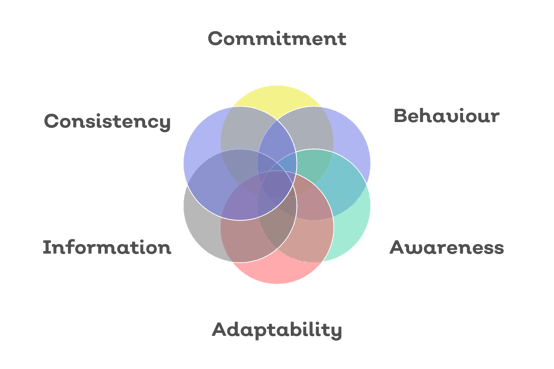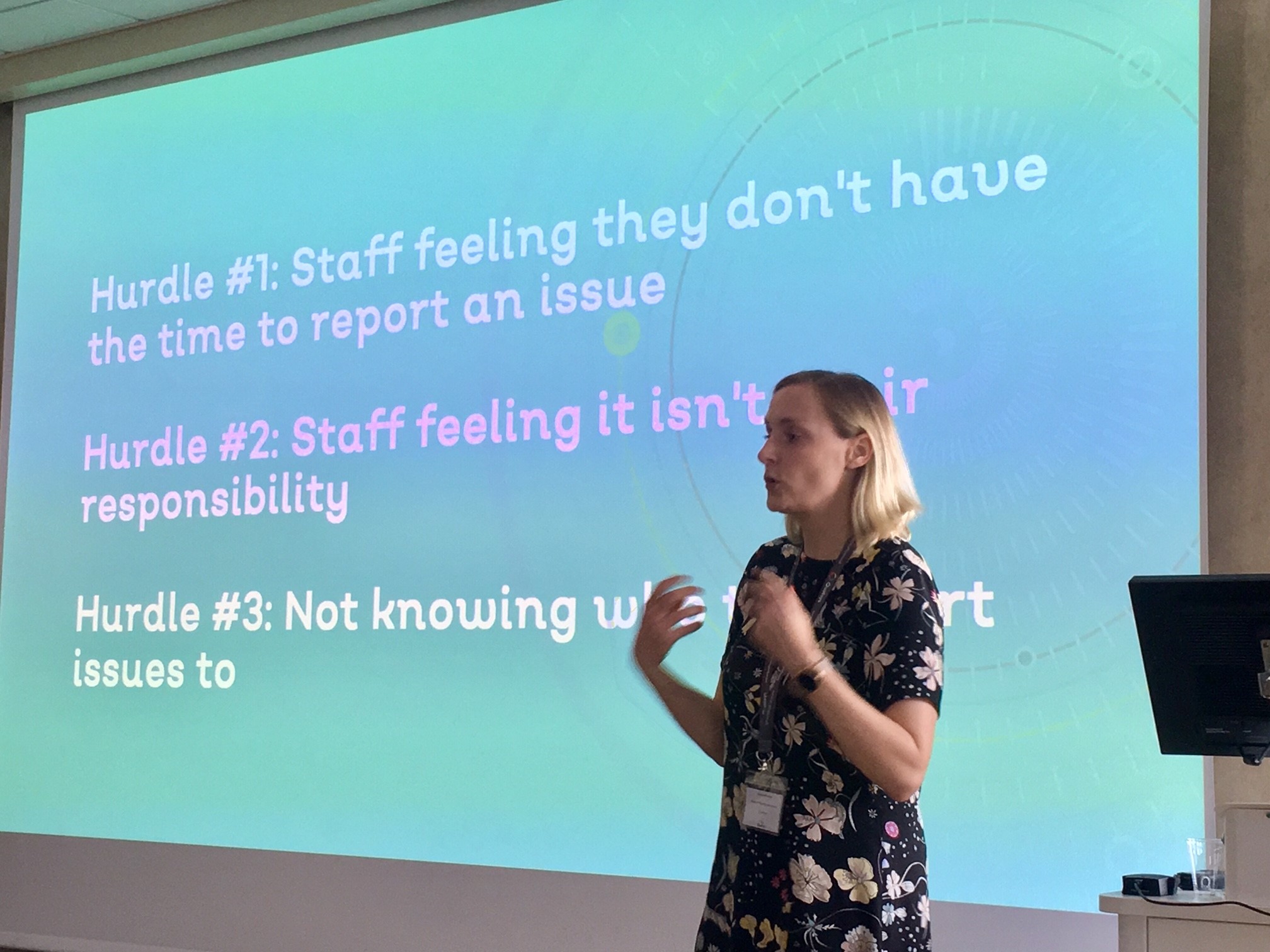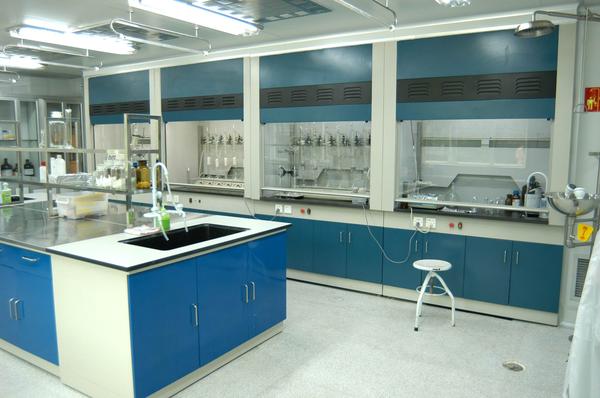Want to contribute to this article?
Think back to a time when you had an old or faulty piece of equipment but you discovered a way to maximise the life of your product by finding a workaround.
Mine was when I was a student and driving an old Volkswaggen Polo. The engine used to cut out randomly when going uphill. But I knew - if I toggled a couple of wires underneath the steering wheel, the engine would miraculously start working again.
Did I take it to a mechanic? No. I was too worried about the expense and happy to take the risk.
Was this potentially dangerous? Yes.
Do similar scenarios happen in work all the time? Undoubtedly.
But ask me if I'm committed to being healthy and safe, and I'd say yes.
My point is, our behaviours don't always reflect our beliefs and values.
This is the challenge when it comes to creating a safety culture. Your employees are developing workarounds. All. The. Time.
In this article, we're going to explore the concept of a safety culture and how you can align values with behaviour.
What is a safety culture?
|
"The safety culture of an organisation is the product of individual and group values, attitudes, perceptions, competencies, and patterns of behaviour that determine the commitment to, and the style and proficiency of, an organisation’s health and safety management. Organisations with a positive safety culture are characterised by communications founded on mutual trust, by shared perceptions of the importance of safety and by confidence in the efficacy of preventive measures." |

Sidney Dekker in "Safety differently" argues safety culture is too often seen as a matter of administrative ordering and control.
The notion that there are "good" cultures and "bad" cultures is not only hubristic, but deeply ominous.
Safety Differently - Sidney Dekker
Here are seven building blocks for a safety culture:
1) Safety is the ethical responsibility of leadership.
2) It's accepted that a lack of safety incidents or reports is not necessarily a positive thing.
Safety and risk should become a focus on resilience.
3) Embrace the complexities of safety
It's not always a simply "cause and effect" relationship between an person does wrong = incident. It's important to embrace complexity of change and evolution.
4) Accept workarounds happen - but work with people to understand them and address policies accordingly
5) Vocabulary isn't about control, constraint, and human deficit. It's all about empowerment, diversity, and human opportunity
6) Safety is a holistic, connected process - rather than an individual component
For more information about creating a safety culture, access our online playbooks, videos and articles here: https://quality.eqms.co.uk/health-and-safety-webinar








Share your thoughts on this article